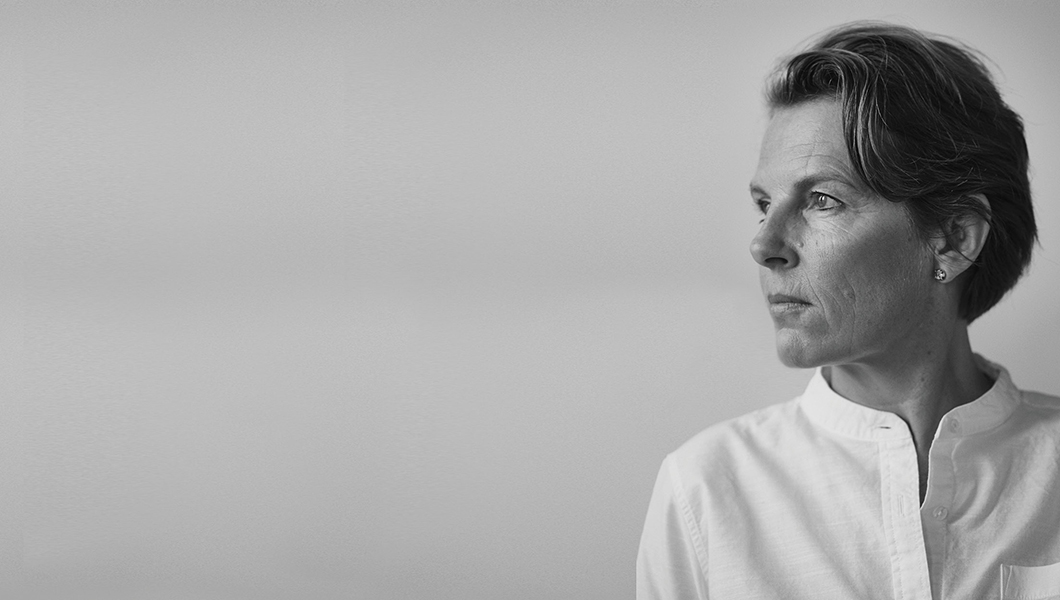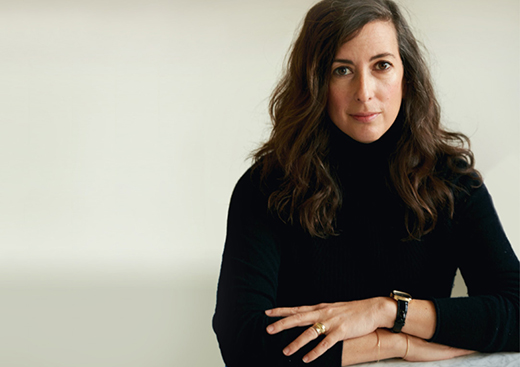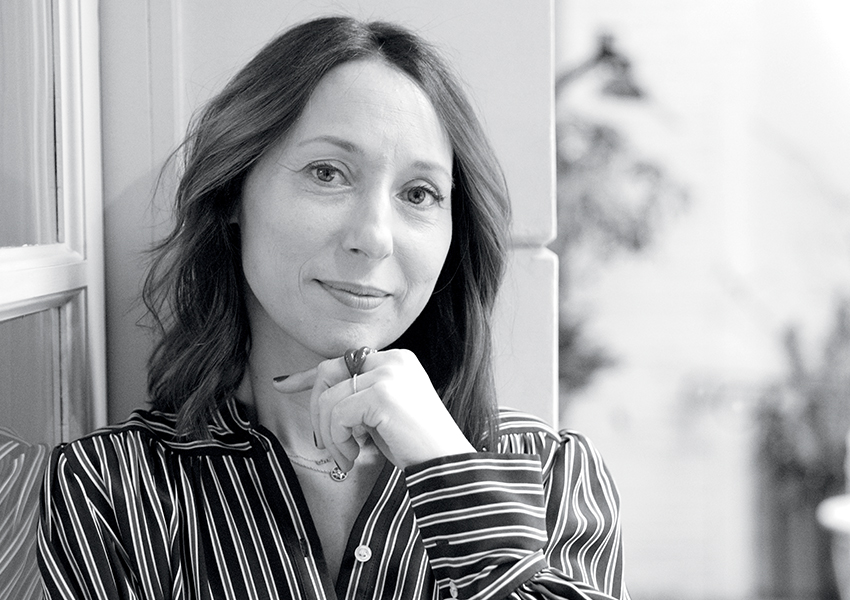Annabelle Selldorf is not one to play favorites. The New York architect, with an impressive and varied portfolio that includes museums like New York’s Neue Galerie, luxury Manhattan residential buildings and a state-of-the-art recycling facility in Sunset Park, Brooklyn, hesitates when asked about her artistic influences or a dream commission. “I cannot say,” she says. “I don’t think like that.”
Instead she is considered in speech and thoughtful in analysis about the impact of her work. “I think architecture is a very important artistic discipline. I often say it’s the mother of all arts,” she says. “It is a fact that when you build a building, it tends to stick around for a long time. It has a function not only to fulfill its utilitarian purpose but also to play a greater role in the lives of people in the urban environment. You walk by buildings every day and they imprint themselves in your memory and they can make a positive or a not very positive difference in your life. Our job is to be conscious of what we do.”
Selldorf’s conscious approach has been characterized as minimalist, modernist in the European tradition, and she’s also been called an artist’s architect since she has designed homes for David Salle and Eric Fischl and a studio for Jeff Koons. Yet in typical Selldorf fashion, she says, “I prefer not to compare myself to what others think or say.” Instead, she lets the work speak for itself, and her elegant, restrained structures have a distinct, seductive voice that summons one closer to marvel at the details.
Take the Chelsea gallery she designed for her close friend, the gallerist David Zwirner. The façade is strong, very gray, but upon closer examination the board-formed concrete, accented with teak wood, is its own canvas—a celebration of texture and pattern that never overpowers the art it’s meant to house but signals a greater purpose. “There has to be music or poetry or enlightenment to the work we do, a spiritual dimension, not like a church or a Zen moment, but an overall intangible artistic moment,” she says.
Her drive to design with purpose and a sense of transcendence can be traced to her childhood in Cologne, Germany. While it was bombed to smithereens during the second World War, and then rebuilt again with a modern Bauhaus influence, there still remained Romanesque churches and a gothic cathedral like the Dome of Cologne—all reminders of the symbiosis between the old and new world that informs her design. “That sort of hardship, loss of life and loss of civilization is something that may get transmitted epigenetically, and I think it shaped my ideas about cities and created a desire to maintain and take care of memories.”
“But these are big topics, beyond a small conversation like ours,” she adds, in a matter-of-fact manner. It’s not that she’s uncooperative; she’s genuinely very busy. With a staff of 65 at Selldorf Architects, who work from a Union Square building once home to Andy Warhol’s Factory, the firm grew organically from a single-person practice that Selldorf started soon after she graduated from the Pratt Institute.
Even though her father was an architect, she surmises living in New York influenced her career decision more than legacy. “It wasn’t like I knew what I wanted to do. In fact, I had every reason to think the very last thing I wanted to do in life was be an architect because it was a lot of work with little pay,” she explains. “But then in the end it happened quite naturally. All of a sudden there were a couple more people in the office, and then it became an organization, and now it’s grown into a collective experience.”
Architecture is notorious for being a male-dominated profession, yet within Selldorf’s practice three of the four partners are women, which may account for her collaborative approach. “Some say women are more interested in consensus. I often wonder, is that because of our gender or because we are brought up to be that way?” But she also notes that times have changed. When she first started, very few men asked her for a job, because, she says, “it was harder for men to work for a woman but today I think that’s completely irrelevant.”
And even though Selldorf has designed a Chelsea waterfront building next to those by male “star architect” Norman Foster, which will soon be flanked by yet another by Robert A.M. Stern, she admits, “We still have a long way to go to in this profession to sort out what the concept of equality may yield. Today we are in complicated times and you have to ask me about being a woman in architecture. Ideally, I don’t want anyone to think about me as a woman in architecture. I’d rather just be thought of as an excellent architect.”
—





